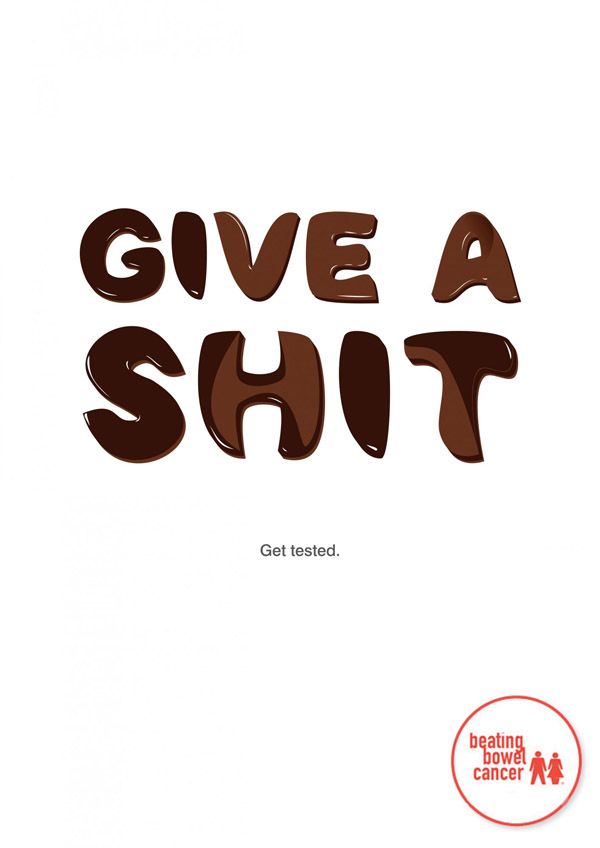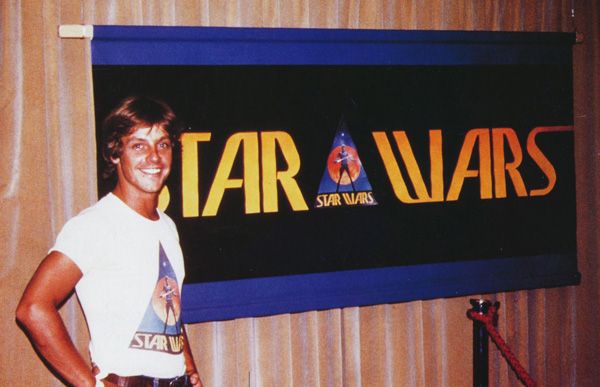“Stories are the currency of human contact”, Robert McKee said once. I guess we can find that true every time we make our friends laugh (or bored ;)), can’t stop watching Louis CK’s standups, sit up with an exciting book, or watch a keynote with Steve Jobs. So the next time you need some “currency” on a seminar, meeting or a party, you can recall one of these stories:
The Mysteries of the Cereal Box. The complicated history of how a cereal box closes
It’s happened to all of us: You open a new box of cereal or crackers, dispense as much of the product as you need, and then prepare to close the box using the package’s tab-in-slot mechanism. This requires you to press down on the die-stamped perforation that will create the slot, which is easy enough, until…
Why Are Soccer Balls Made of Hexagons?
Once upon a time, soccer balls (or footballs, depending on where you hail from) were inflated pig bladders wrapped in leather. One variation was an ancient Chinese game called “tsu chu,” using a ball stuffed with feathers. In medieval England, players used leather-covered wine bottles filled with cork shavings (…)
The Storied Evolution of the Star Wars Logo
Seems old? And this is not even the first version of the logo… :)
Who Made That Sippy Cup?
But Belanger wasn’t just any parent; he was a mechanical engineer. One day in 1988, as Belanger found himself cleaning up a spill again, he thought, How many times am I going to do this? And that’s when he decided to solve the problem for good.
The Origin of the Pilcrow, aka the Strange Paragraph Symbol
The fascinating study in obscure typography opens with the single symbol that inspired the entire book, a symbol that has ties to some of the greatest events in human history, including the rise of the Catholic Church and the invention of the printing press: the pilcrow.
The Secret Histories of Clippy, Comic Sans, and Other Legends of Early UI
It’s human nature to hate things that remind us of how dumb we used to be;
Who Made That Scratch-Off Lottery Ticket?
In the 1960s, grocery stores handed out free cards covered with a waxy coating that hid a possible cash prize. To find out if you’d won, you either scratched off the coating or wiped it off with a rag dipped in butter.
A brief history of the US government’s awful graphic design
Too much even for Edward Tufte…
Dreadful spy-PRISM deck sets new record for most header logos per slide: 13
washingtonpost.com/wp-srv/special… #powerpoint #ppt http://t.co/KUUyRikE2l—
Edward Tufte (@EdwardTufte) June 07, 2013
The Unlikely Evolution Of The @ Symbol
Some of the very first computer video games (called roguelikes) used @ to represent the player as he explored rudimentary ASCII dungeons. “This is you, and you are at this location within our cyber world.”
Heineken’s Lost Plan To Build Houses Out Of Beer Bottles
While visiting the island of Curaçao, Heineken was bothered by the mass amounts of trash–including his own bottles–and the lack of housing. His solution? Make a beer bottle that could serve as a brick when it’s finished.
How We Decided What The Internet Looks Like
Andrew Lih, then in his first year teaching at the Ivy League school, proposed a different idea. “I said we should abandon this CD-ROM stuff and try this wacky new technology called the World Wide Web and we should use a browser called Mosaic,” he recalls. “They kind of looked at me and said, ‘Are you sure? We’ve never heard anyone talk about this stuff before’. And I said, ‘Trust me, we gotta do this.’
An Oral History Of Apple Design: 1992
If there is one thing that CEO Tim Cook doesn’t want people to know, it’s what dwells behind his company’s “signature.” As a result, most efforts to explain design at Apple end up reducing a complex 37-year history to bromides about simplicity, quality, and perfection–as if those were ambitions unique to Apple alone. So Fast Company set out to remedy that deficiency through an oral history of Apple’s design, a decoding of the signature as told by the people who helped create it.
Additional parts:
-
An Oral History Of Apple Design: 2000
An Oral History Of Apple Design: 2001
An Oral History Of Apple Design: 2004
An Oral History Of Apple Design: 2013
How much research has gone into developing the Facebook ping sound
I designed most of the audio currently in the product today. There are a few major components that make up the audio identity. First, is the base chord which is an Fmaj7 chord. For you music nerds out there, yes, these notes actually spell out “FACE”. There are a few reasons I went with this chord
Hilariously Bad Ads That Were Rejected
You know, not the simply-bad-ads kind… this kind of ads ;)

Photo credits
The story of Polaroid inventor Edwin Land, one of Steve Jobs’ biggest heroes
One of Steve Jobs’ biggest heroes is Edwin Land, the inventor of Polaroid. Former Apple CEO John Sculley describes a meeting they had years ago and how both Land and Jobs felt that products existed all along — they just needed to discover them.
How Facebook Used Science To Design More Emotional Emoticons
In 1872, Charles Darwin published The Expression of the Emotions in Man and Animals, a book that cataloged emotional expressions in humans and their link to the animal world. In the book, Darwin described more than 50 universal emotions. Now Facebook, with the help of a psychologist who studies emotions and a Pixar illustrator, has turned some of the emotions Darwin described in the 19th century into a set of emoticons.
So which one is your favourite? :) Sign up for the newsletter to keep them coming!



